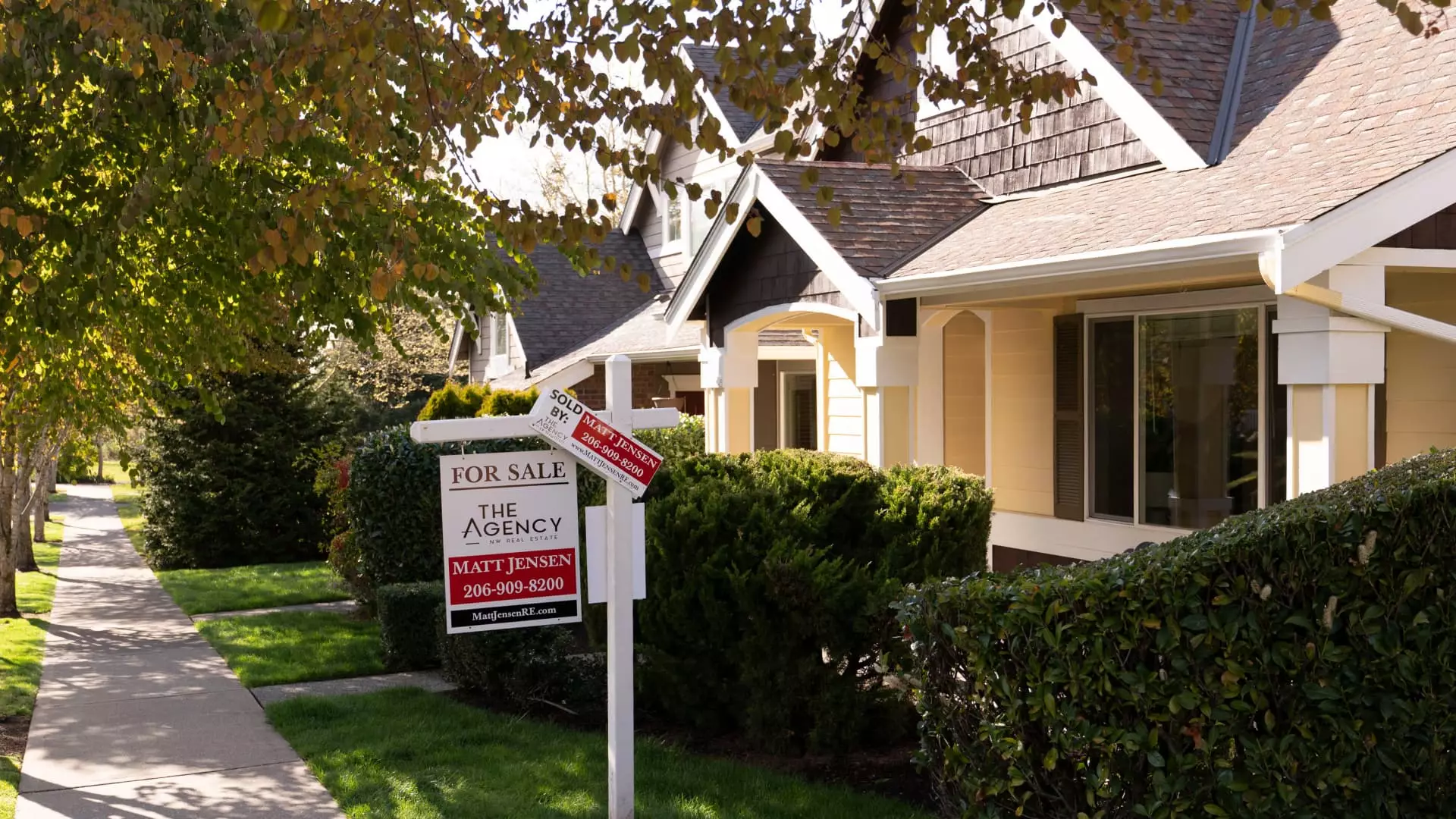The month of April saw a 1.9% decrease in the sales of previously owned homes compared to March, falling short of the forecasted numbers. One of the contributing factors to this decline was the significant increase in mortgage rates, which jumped at the beginning of February. This sudden rise in rates, combined with the subsequent higher rates in April, created uncertainty in the housing market. Lawrence Yun, the chief economist for the Realtors, pointed out that the 300 basis point increase from the pre-Covid pace has put the market into uncharted territory, affecting the lock-in effect on home sales.
The inventory of homes at the end of April increased by 9% month to month and 16% year over year. However, the total housing inventory still represented just a 3.5-month supply at the current sales pace, well below the balanced six-month supply level. This tight supply of homes, particularly those priced below $100,000, kept prices under pressure. The median price of an existing home sold in April rose to $407,600, a 5.7% increase from the previous year. With strong demand leading to multiple offers, 27% of homes were sold above the list price. While this is good news for homeowners, Yun believes that the pace of price increases should gradually taper off as more housing inventory becomes available.
Regionally, sales in different parts of the country experienced varying trends. In the Northeast, sales fell by 4% from March and 4% from the previous year, with a median price increase to $458,500. The Midwest saw a 1% drop in sales both month to month and year over year, with a median price of $303,600. The South experienced a 1.6% decrease in sales from March and 3.1% from the previous year, with a median price increase to $366,200. In the West, there was a 2.6% drop in sales for the month but a 1.3% increase from one year before, with a median price of $629,600.
This period also saw a shift in buyer demographics, with first-time buyers accounting for 33% of April sales, up from 29% the previous year. The all-cash share of transactions remained relatively high at 28%. Additionally, there was a notable increase in the sales of homes priced over $1 million, which saw a 40% jump year over year. Conversely, sales of homes priced below $100,000 fell by 7.1% year over year. This disparity in sales between different price ranges reflects the varying dynamics within the housing market.
The decline in home sales in April was influenced by multiple factors such as rising mortgage rates, tight housing supply, and regional variations in sales trends. Despite the challenges, there are signs of resilience in the market, with certain segments showing increased activity. As the housing market continues to evolve, it will be crucial to monitor these trends and adapt strategies to navigate the changing landscape.


Leave a Reply